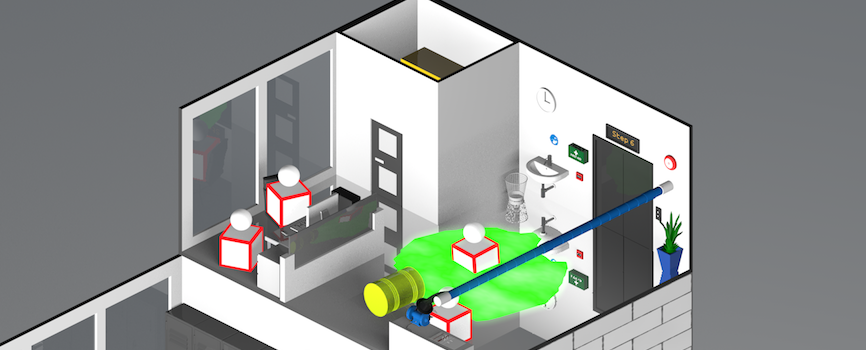20 practical safety precautions offices can implement during COVID-19
Posted 5 years ago

The unprecedented pandemic has led to organisations having to change their ways of work, and those working in offices are no exception.
Many organisations working in offices have asked their staff to work from home, if possible. Although the government still advises organisations to promote working from home where possible, they also advise that those who can’t work from home should still go to the workplace.
The government has provided organisations with sector-specific guidance on how to manage risks to returning employees. This guidance offers suggestions for safety precautions that could be implemented. But what do they consist of? Here are a few of their suggestions:
- Enforce frequent handwashing and surface cleaning.
- Practice social distancing at work (in England, this is currently set at 2 metres, but is due to change to 1 metre plus as of July the 4th 2020).
- Keep work activity time as short as possible.
- Ensure workers are back-to-back or side-to-side when at their work station.
- Implement “fixed teams” – where each person only has contact with a limited number of colleagues.
- Use screens or barriers to separate people from each other.
- Implement staggered arrival and departure times.
- Encourage cycling by providing bike racks.
- Increase the amount of entry points your premises have, i.e start using multiple doors to the office if you have them.
- Use markings on the floor to implement a “one-way system”.
- Provide handwashing facilities at entry/exit points.
- Restrict access between different areas of the building.
- Reduce the number of workers allowed in a lift at one time.
- Hold meetings outdoors or in well-ventilated areas when possible.
- Ensure that workers have their own stationery.
- Encourage workers to bring their own food.
- Use safe outdoor areas for breaks.
- Limit the number of employees/visitors allowed in the workplace.
- Keep windows and doors open during work hours to ensure air conditioning doesn’t need to be turned on.
- Restrict the use of high-touch items and equipment. For example, printers and whiteboards.
Returning to Work Essentials
We have recently released a Returning to Work (during & after COVID-19) Training course, which helps organisations and individuals alike in a safe and smooth transition back to work.
The course can be completed in just 25 minutes and helps users to understand what can be done before and after the return to work, and highlights the importance of thoughtful planning, organisation, and preparation upon returning to work.
This course is included in our Returning to Work Essentials training bundle, which also consists of other important training topics like Fire Awareness Training, DSE Training, Mental Health Awareness Training, and Resilience Training.
You can claim a no-obligation free trial to any of these courses today!


Jack Rosier
Senior Marketing Executive
Related articles



Opt-in to our newsletter
Receive industry news & offers